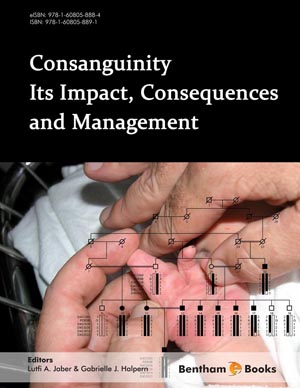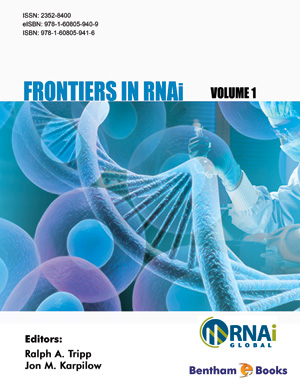Abstract
In the main, the detrimental health effects associated with consanguinity are caused by the expression of rare, recessive genes inherited from a common ancestor(s). The closer the biological relationship between the parents, the greater is the probability that their offspring will inherit identical copies of disease-causing recessive genes. However, in spite of all the potential health problems associated with consanguineous marriages, in the vast majority of the societies where these are common, it is generally accepted that the advantages of consanguinity outweigh the disadvantages. The rate of congenital malformations among the offspring of consanguineous marriages is approximately 2.5 times higher than that among the offspring of unrelated parents. First cousin consanguinity has been shown to be significantly associated with an increased risk of congenital heart defects, congenital hydrocephalus and neural tube defects, susceptibility to infectious diseases, underweight, and having an adverse effect on cognitive performance in some consanguineous populations. Another disadvantage is the high rate of hospitalization and utilization of the health care facilities in consanguineous communities, causing a major financial burden, much of which could be saved if the rate of consanguineous marriages were lower. However, in certain situations consanguineous marriages can actually be advantageous. The culture of consanguineous marriages and the genetics of protection against malaria may have coevolved by fostering survival against malaria through better retention of protective genes in the extended family, and also the circle of family members who can act as successful tissue donors is significantly extended. There are also many social advantages.
Keywords: Advantages, congenital malformations, consanguineous marriages, disadvantages, recessive genes, socioeconomic.


















